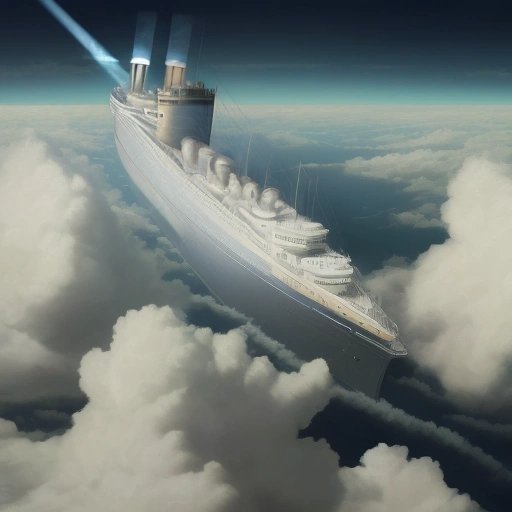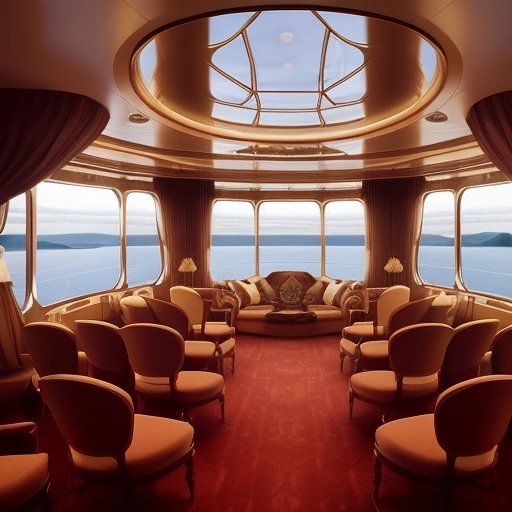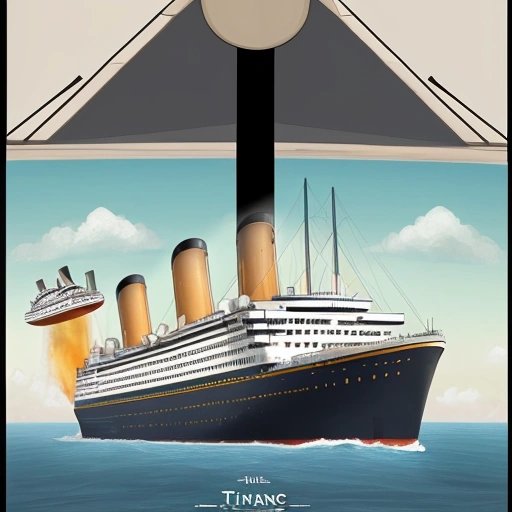In an unexpected twist that defies logic and basic physics, a new flying cruise ship is set to make its debut in 2025. Aptly named Titanic II, this majestic vessel will soar through the skies, hovering about 35 feet above the ground. And the best part? It will never sink!
Developed at a jaw-dropping cost of over 12 billion dollars, this groundbreaking invention is the brainchild of a company majority owned by none other than Elon Musk. Known for his audacious ventures and love for defying the laws of nature, Musk has once again pushed the boundaries of technology with Titanic II.
With its revolutionary flying technology, the Titanic II promises to redefine the travel industry as we know it. Say goodbye to long hours stuck on crowded airplanes or enduring monotonous crossings on regular cruise ships. This flying marvel will whisk passengers away to their destinations in unparalleled comfort and style.
Forget about the fears of sinking or rough seas—Titanic II will be forever buoyant in the skies, effortlessly gliding through the air. Passengers will be able to enjoy breathtaking aerial views as they embark on an adventure like no other. Who needs the open ocean when you can cruise through the clouds?
Step on board and prepare to be dazzled by the amenities and luxuries awaiting passengers. From extravagant suites to state-of-the-art entertainment facilities, the Titanic II will spare no expense in ensuring an unforgettable experience for all who embark on this sky-high journey.
Of course, with such a groundbreaking venture, questions about safety and practicality abound. How can a massive cruise ship fly? Will passengers have to go through airport security checkpoints? What about turbulence and air traffic?
Rest assured, the remarkable minds behind Titanic II have thought of everything. Advanced technologies and engineering marvels will keep the ship stable in the air, providing a smooth and secure flight experience. As for security, passengers will undergo an expedited screening process that will make airport security seem like a breeze.
And let's address the elephant in the room—what happens if the Titanic II encounters an iceberg in the sky? Will history repeat itself? Fear not, for the ship's advanced detection systems will alert the crew of any potential obstacles in its flight path. With state-of-the-art technology at their fingertips, they will deftly navigate around any floating ice masses and ensure a safe and unforgettable journey for all.
With its slated launch in 2025, anticipation for Titanic II is reaching new heights. Travel enthusiasts and daredevils alike are eagerly counting down the days until they can take to the skies on this epic flying cruise ship. Prepare to be amazed, astounded, and undoubtedly confused as you embark on a journey like no other aboard Titanic II. The sky is the limit!




